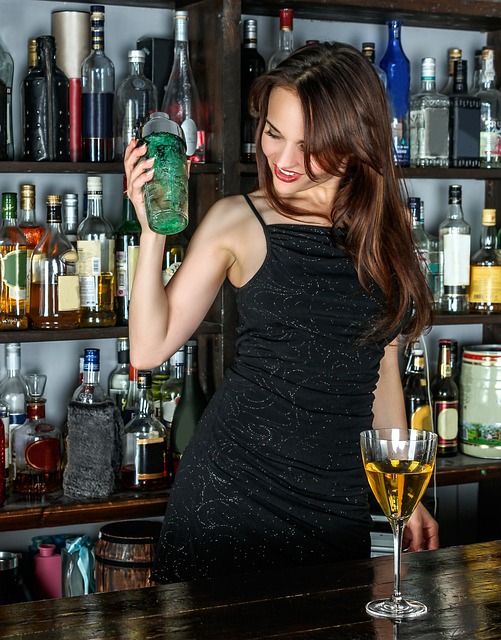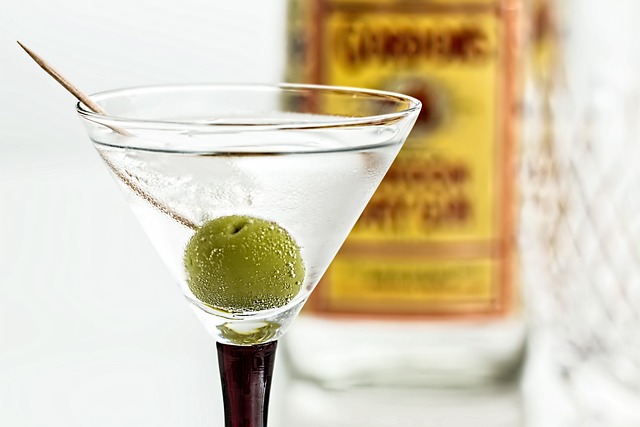Serving Techniques
Definition of Qualifications
Intr(o)duction to serv(i)ng techniqu(e)s! Serving is an important part of any dining experience; it gives the guests a sense of hospitality and can make or break a meal. Learn about point of sale systems and cash handling procedures Crafting Cocktails audition. Get experience by taking a cocktail server job at a restaurant or club how to become a bartender certifications. There are many techniques when it comes to serving, from plating to timing meals.
Firstly, plating is a crucial aspect of service. Food should be presented in an appealing manner that accentuates its colors and texture. Placing dishes on the plate in a symmetrical way creates a pleasing aesthetic that whets one's appetite! Familiarize yourself with point of sale systems and cash handling procedures Crafting Cocktails bartender. Improve customer service skills to handle patrons and process tabs efficiently how to become a bartender hospitality. It's also important not to overfill plates, as too much food may overwhelm diners.
Time management matters too; ensuring food arrives at the table hot and fresh is essential. Waiting staff should time their rounds so they serve all customers simultaneously, making sure no guest has to wait too long for their meal. Servers should also check back periodically during the course of the meal incase anything else is needed.
Moreover, customer service aspects are key when it comes to serving - being attentive and polite goes a long way towards creating a positive atmosphere in the restaurant. Waitstaff should remember names and orders for returning customers, creating an individual connection with diners which makes them feel valued and welcomed! In addition, servers need to be mindful of dietary requirements or allergies; knowing what items must be avoided or substituted can help ensure everyone enjoys their meal safely.
To conclude, there are many nuances involved in successful serving techniques but following these tips can help create an enjoyable experience for both guests and staff alike! With some practice and dedication, anyone can become a master server!






